2E = Gummy Bears, Lockpicking & Aerospace.
Notes on Exploring the Cutting-Edge with Teens. Or, What We Learned from Our Fall Camp for Teens.
“Look,” said Susan, “I’d just like you to know that I don’t believe any of this. I don’t believe there’s a Death of Rats in a cowl carrying a scythe.”
“[But] he’s standing in front of you.”
“That’s no reason to believe it.”
“I can see you’ve certainly had a proper education,” said the raven sourly.
I have been many things in my life. Growing up, I wanted to be a professional musician and I wanted to study at a conservatory, but I ended up getting interested in neuroscience and became a psychometrician at Beth-Israel. That job evolved into becoming a tutor for children with divergent needs, that then led to being a teacher, school principal, event coordinator, philanthropic program director, and finally, venture capitalist.
In each of the roles that I’ve stepped into, I’ve come to see the world from a different point of view. The world looks very different as an aspiring musician than it does as a teacher or a venture capitalist. As I stepped into each role, I grew into the new frame, learning to see the world anew. This process takes time. Tiny changes steadily accumulate until I slowly reach a new place. But sometimes, things just snap.
I wrote about one of those snaps in a prior essay, ‘The Renaissance Reimagined.’ I helped to organize and host an event called Breakthrough Philanthropy that showcased Peter’s philanthropic philosophy. The event made me realize the importance of divergent philanthropy. The pre-event Danielle would have broadly agreed that maybe a new renaissance was necessary with new models of fellowships and giving, but post-event Danielle was willing to commit her life to it.
Our teen camp, 2E, was one of these moments. 2E snapped me to a new world.
[T]hank you again for hosting 2E. I had so many amazing conversations with everyone and made sooo many new friends. I even found the big sis I’ve always wanted [..]. I absolutely loved all our startup visits, especially [..] and fell in love with SF.
Also, thank you for all the ice cream treats, junk food (especially those gummy bears - yum!), and amazing lunches!
If you’d asked me before 2E if I had a conventional perspective on schooling, I’d have laughed and said no. My early career was focused around the home schooling community. I co-founded a charter school to help children learn with purpose and compassion. I’ve also spent the last 13 years helping gifted young people obtain more agency over their lives. But I’d be wrong.
Some ideas are so ingrained that we hardly question them. Age-based cohorts is one of these ideas. For most of human history, children, adolescents and adults were members of the same community. For much of the history of early schooling, different age groups would learn together. The idea that we should separate people by age — regardless of inclination, temperament or ability — is younger than the invention of the battery.
2E was an experiment for us. We decided to bring together curious, sociable young people across ages, interests, and backgrounds. At the end, the youngest attendee was 14; the oldest 19. I must admit that I subconsciously expected there to be a big difference between the two groups. I expected the 14 year olds to diverge from those who were 19. But what we saw was something completely different.
If you’d walked in blind, you’d have found no reason to think that the 19-year-olds were any more advanced, or developmentally, more savvy than the 14 year olds. People bonded together across ages and backgrounds with a tenderness that we didn’t anticipate.
They were thoughtful about each other’s needs. They intentionally acknowledged each others’ differences and adapted to one another accordingly. It was, frankly, mind blowing to me that teenagers would be able to not only empathize with someone else’s needs, but that they would attentively account for them.
We call this blog series postcards from the edge, and this postcard’s message is a re-affirmation; the kids are alright.
[I] wanted to say a massive thank you – that weekend was truly one of the best in a looonnngg time. Being around people who think ambitiously and who I can connect with– it’s life changing. 🚀
I have always been someone who’s hesitant to trust/connect with people because I feel like they don’t actually understand me/I can’t relate to them. But I think that the people I met at 2E are people who do understand me. And you have no idea how special that is to me. 🤩
People I feel like I can truly connect with and be myself around. People who I can have good conversations with, people I would choose to be around and would probably travel long distances to see again. That weekend gave me a new hope for people, and that I can find (and have found!) people I can really relate to. It doesn’t matter that they’re in a different country, cuz we’ll figure out a way to meet up again. So thank you for that[.]
For decades teen suicide rates have shown a distinct pattern.
On a weekly basis, the teen suicide rate drops every weekend. It peeks every Monday/Tuesday. As you can see in the visualization below, this pattern holds true across most months. Except June and July.

As my colleague, Michael Gibson, put it in our New 95, “boredom with tedium has been diagnosed as a psychological disorder. It is as if we diagnosed orca whales as mentally ill because they lost energy floating in tiny tanks at SeaWorld.”
This dark aspect of modern life is rarely discussed. Some truths are so corrosive to our collective psyche that we, compulsively, avert our eyes. Most people would rather believe that all adolescents and older children are inherently emotionally volatile than wrestle with the truth. But nullius in verba. The truth exists. We just have to look.
The pandemic was traumatic. Normal life was disrupted for (almost) everyone for months on end. Some struggled with the shift to remote-first lives. Adults reported an increase in anxiety, depression and helplessness. Teenagers, on the other hand, displayed the opposite.
While teenagers reported feeling stressed, anxious and depressed on self-reported surveys, fewer of them ended up in emergency rooms than ever before. Teen suicides fell when school was out.
When we explore the 2020 pandemic year, our results reflect a startling break in the seasonality trend in youth suicides from prior decades. We find evidence of a relative decline in youth suicides in March 2020, which is the first time a drop in youth suicides began in the spring rather than June over the span of our sample period going back to 1990. This is in fact the first time such a pattern has been observed since 1980 (Hansen and Lang 2011).
Having documented the early-pandemic decline, we proceed to study the role of school reopenings during Fall 2020 and Spring 2021. Using a difference-in-differences approach and exploiting variation across jurisdictions and over time in school reopenings, we consistently find that increased K-12 foot traffic is associated with a significant increase in teenage suicides.
— Hansen, B. et al. “In-person schooling and youth suicide: evidence from school calendars and pandemic school closures.” National Bureau of Economic Research, 2022.
There’s something deeply wrong with our middle schools and high schools. So wrong that young people would rather drink poison.
My co-writer, areoform, has been messaged by teenagers she knows who can’t sleep because they’re terrified of going back to school. These teens conjugate greek verbs for fun. They’ll happily spend countless hours learning to quench their unsatisfiable curiosity, but they can’t stand going to the building labelled School.
It’s an experience that’s so widely shared that it’s a cliché. Be it Eton in the early-20th Century or your local HS, peer inflicted misery is universal enough to be a natural constant. It is tempting to think that these behaviors are natural. So intrinsically baked into adolescent brains that we’ll find it etched inside them. Clearly, it’s intrinsic pack behavior. There will be alphas and the rest, with the bullying serving to establish social hierarchy. Clearly.
Such pathologization is tempting because it demands nothing of us. It’s an easy, obvious and intellectually untaxing. After all, we’re behaving exactly like other mammals do. Aren’t we?
You may not know the name Dr. Dave Mech, but you are deeply familiar with his work. In 1970, he published a book, The Wolf: The Ecology and Behavior of an Endangered Species, that helped popularize the term “alpha wolf.” While Dr. Mech hadn’t invented the term, he’d borrowed it from another researcher Rudolph Schenkel who wrote extensively about his studies of captive wolves at the Berlin Zoo:
“It was logical to pick up Schenkel’s work,” Mech said, which laid out the terms “lead wolf” and “bitch wolf,” the antecedents of “alpha male” and “alpha female.” Schenkel wrote, “Every mature wolf has an ever ready ‘expansion power,’ a tendency to widen, not his personal territory, but rather, his own social behaviour freedom.” He added, “The maintenance of a not-quite-classless status requires constant self-assertion.” Schenkel also believed that wolves needed an outlet for aggressive energy, typically “released at the weakest individuals of the society.”
— Galchen, R. “The Myth of the Alpha Wolf.” The New Yorker, 2023.
At the time, this research was groundbreaking work that brought to light the behavior of a deeply mysterious and understudied species. It was an early step to a greater understanding of this incredible species. A net good. Except for the fact that it was wrong.
Wolves are an incredibly shy species. They will (generally) avoid human beings unless circumstances dictate otherwise. Before he wrote the book, Dr. Mech had come within 15 feet of a wolf only once (from the same article):
When Mech published his book, even after more than a decade of field research, he had only once come within fifteen feet of a free-range wolf. On that occasion, he had accurately predicted the progress of a pack along a winter route, and had hid, along with others, in an old fish house nearby. One of the wolves calmly stared at the crack through which the researchers were taking photographs, and Mech was struck by the wolf’s countenance, “like that of a big friendly dog.” The close encounter was not particularly valuable, scientifically, but it inspired him to learn more.
Their main method of research was based on observing captive wolf packs at zoos. Schenkel’s work exclusively relies on a captive pack. And therein lies the problem. It is like an alien deciding to study prison gangs to understand human society. The observations they’ll make will be valid for that context, but they won’t be valuable or applicable outside of it.
It wasn’t until radio transmitters became cheap enough for widespread use in the 1970s that researchers were able to trap and track individual wolves with precision. They quickly realized just how wrong their prison gang observations were. Packs weren’t gangs. They were families;
“It was the next study, in Minnesota, that the whole field of radio-tracking started up,” he said. Researchers were able to follow wolves individually. “Each collar had its own radio frequency. So you could ‘tune in’ to an individual wolf, see where they were.” This level of detail opened up the field to all sorts of new research questions. “It wasn’t until the early seventies, after we’d put those radios on wolves and we could follow each individual that we realized, Oh, a pack is a family.” It began to make more sense, in general, to think of the heads of the packs as [..] the parents.
Free wolves behave extremely differently from captive ones. They don’t display “constant self-assertion,” or have the need to dissipate aggressive energy like Schenkel thought. Why would they?
When you are free to go where you want. When you are free to live as you want. When you are free to breathe and roam. Why would you have pent up aggression and frustration?
Thank you for giving [our son] a wonderful experience! He chatted our heads off then fell asleep in the car.
1517 exists to help young people escape captivity.
We think that, just like the wolves, young people are more complex and capable than we give them credit for. They aren’t vicious by default. They’re human beings seeking connection and desiring to live a fulfilling life. The key is not to just set them free, but to give them the tools they need to succeed.
It’s a persistent tendency that I’ve noticed in how we talk to and about ambitious, young people. The first piece of advice they’ll often receive is to start small and then build up. Which is valid advice, but we rarely tell them how to start small and what this small looks like. Hosting 2E drove home the impact of helping these young people figure out where to start small from.
I think teachers and adults in most young people’s lives don’t do this often enough because it takes a certain depth of expertise to understand what those small steps look like. And no one is an expert at everything. Not even hyper-capable founders and teams. But if you have enough smart people in one place, then you can start putting together a group that has expertise in almost anything a curious teen might ask about.
There’s something magical about giving these teens an environment where it’s almost a certainty that they’ll find someone who has been in their shoes before. Someone who can tell them what sub-domain to focus on. Someone who can walk them past their initial stumbling blocks. Someone who can help them stand on their shoulders.
When my co-author, areoform, was very young, she went up to a MIT professor giving a lecture on robotics and started asking him a million questions about his work. He took it in stride and took the time to teach her how to look up his papers. She asked him how she could get started with miniature robotics, and he told her to read more papers.
Learning how to research is important. Papers can be a wonderful resource, especially if you’re a grad student at MIT. But they’re somewhat short of the mark for someone starting out. In retrospect, she feels that a link to an electronics forum or a how-to would have been more useful, and would have said many years of searching and stumbling.
As 1517, we can go beyond that. For 2E, we gave these teen makers open-ended access to portfolio founders, scientists and engineers. It was intimidating to see the depth of expertise at these companies. So many of these teens haven’t met an adult, or a peer, who were interested in the semi-obscure field they were curious about. Now, they could sit next to someone smart who not only had subject expertise, but was willing to treat them as a peer and dissect their projects with them.
We don’t start out standing on the shoulders of giants. We have to make our way there. Maybe, we’ll get more done if we all started with a helping hand from someone who has already been there?
What could we achieve if we were better at closing the loop between the young novices and the older experts?
It's hard to believe that was your first camp, considering it went so well. You packed it with so many fun things I still haven't finished telling my family about it, even after a 2.5 hour ride home.
My favorite parts (outside of making friends) were the lockpicking class, the party at Additive Space Tech (my little brother already knew about them!) and getting to hang out with [..] and learning about all the cool stuff she brought.
Thank you for believing that young people's ideas matter too.
It’s important to be naughty. In his Culture series, Iain M. Banks discusses training people to handle “Special Circumstances” by teaching them that “a) [the] rules were supposed to be broken sometimes, b) just how to go about breaking the rules, and c) how to get away with it[.]”
As the previous generation’s subversions become the next generation’s vintage fashions, it’s easy to forget just how subversive “obvious” things that we take for granted can be. In the zero tolerance era, it’s all too easy to forget the importance of being naughty.
And that’s why we taught them lockpicking.
I felt so proud when they went home and started applying this newfound knowledge in practise. They used the skill responsibly to solve the little frictions of life, like getting into their locker after misplacing the key. Or, continuing to practise the skill to improve their dexterity.
They took to it and kept at it. I couldn’t have been more proud.
Utopia deserves streets of marble and alabaster. Tree-lined boulevards where humanity walks in sunshine, freed from ignorance, hunger and oppression. The future should be a new Eden, with gardens sanctified to peace and reflection.
The common people should stroll as princes in civic courtyards where fountains splash, children laugh. Wandering proudly down paths lined with statues raised to all the saints of Sanity.
The heirs of those that endured chains and darkness deserved beauty, freedom and light. Or say rather: those of the past that opposed poverty and oppression deserved to leave their descendants an inheritance of light, grace and peace.
Qualities the worthy dead never knew, yet strove mightily to bring forth. And so the far future should display these things, as family treasures in a great house of proud lineage.
Before 2E ended, I knew that we had to do another one next year. And we shall.
I want us to help sow the seeds of the future, with an open heart to what takes root and grows. I am not interested in measuring the “outcomes” of 2E next month with a pair of precision calipers. I’m interested in how their stories will unfold over the next decade, and how they’ll shape what comes next. I’m interested in hearing the reverberations of their doings down the long corridor of history.
I can’t wait to see what these young people will build next!
With love,

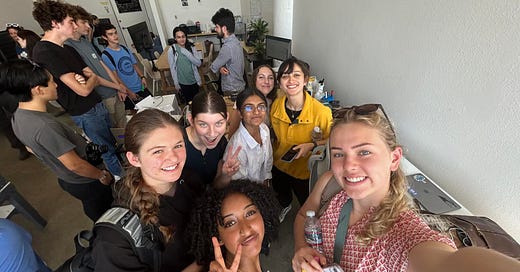




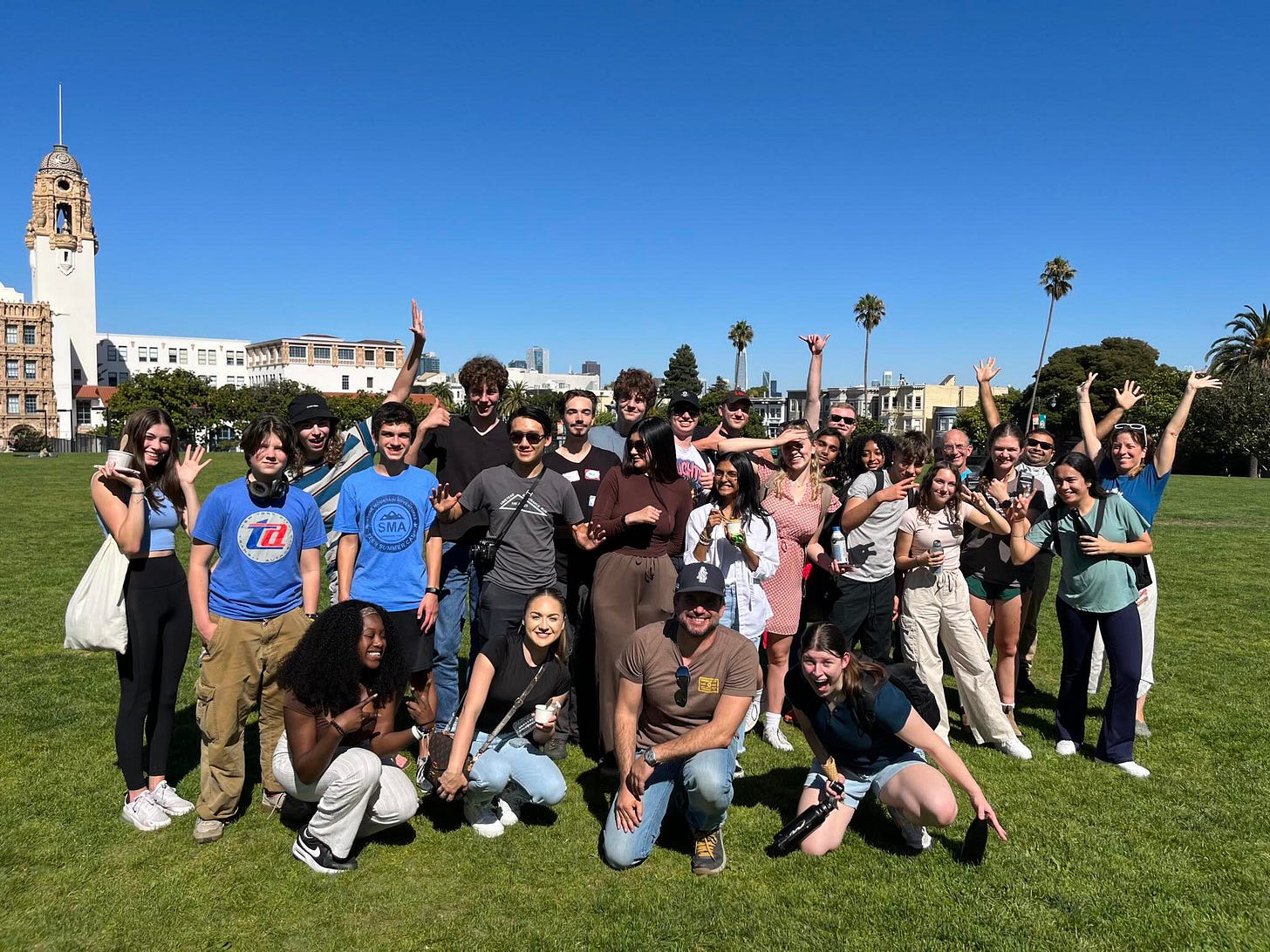
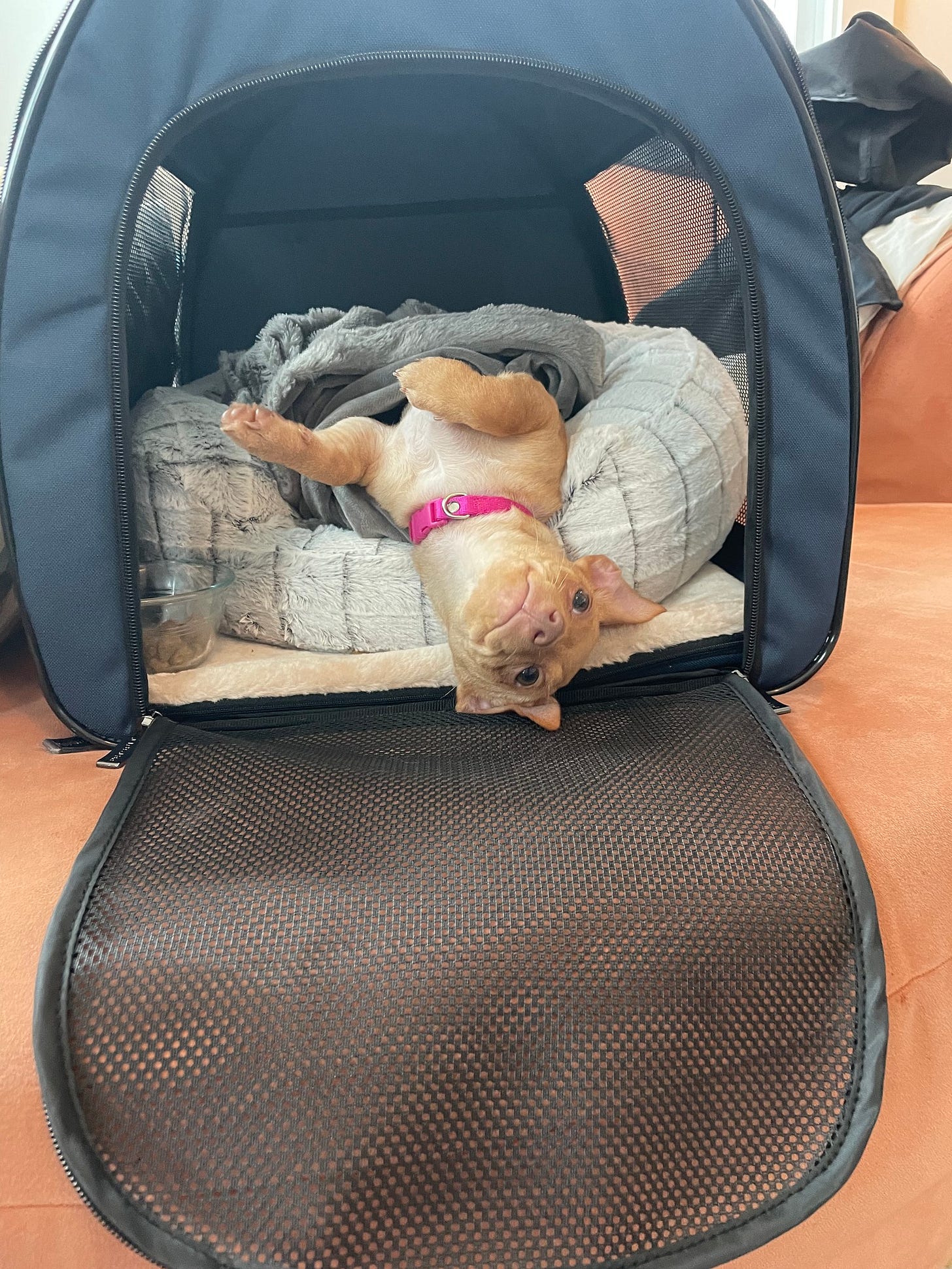
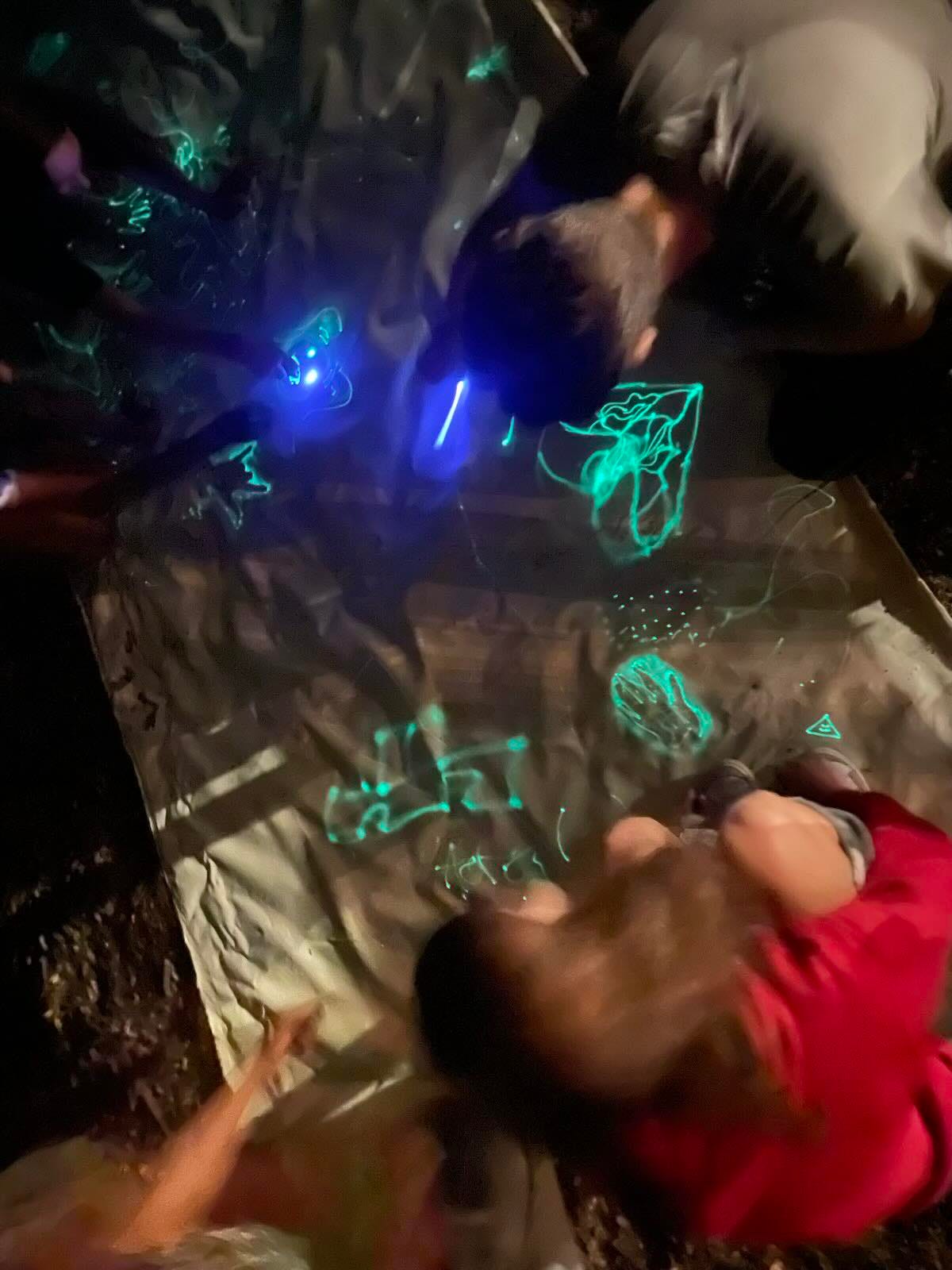
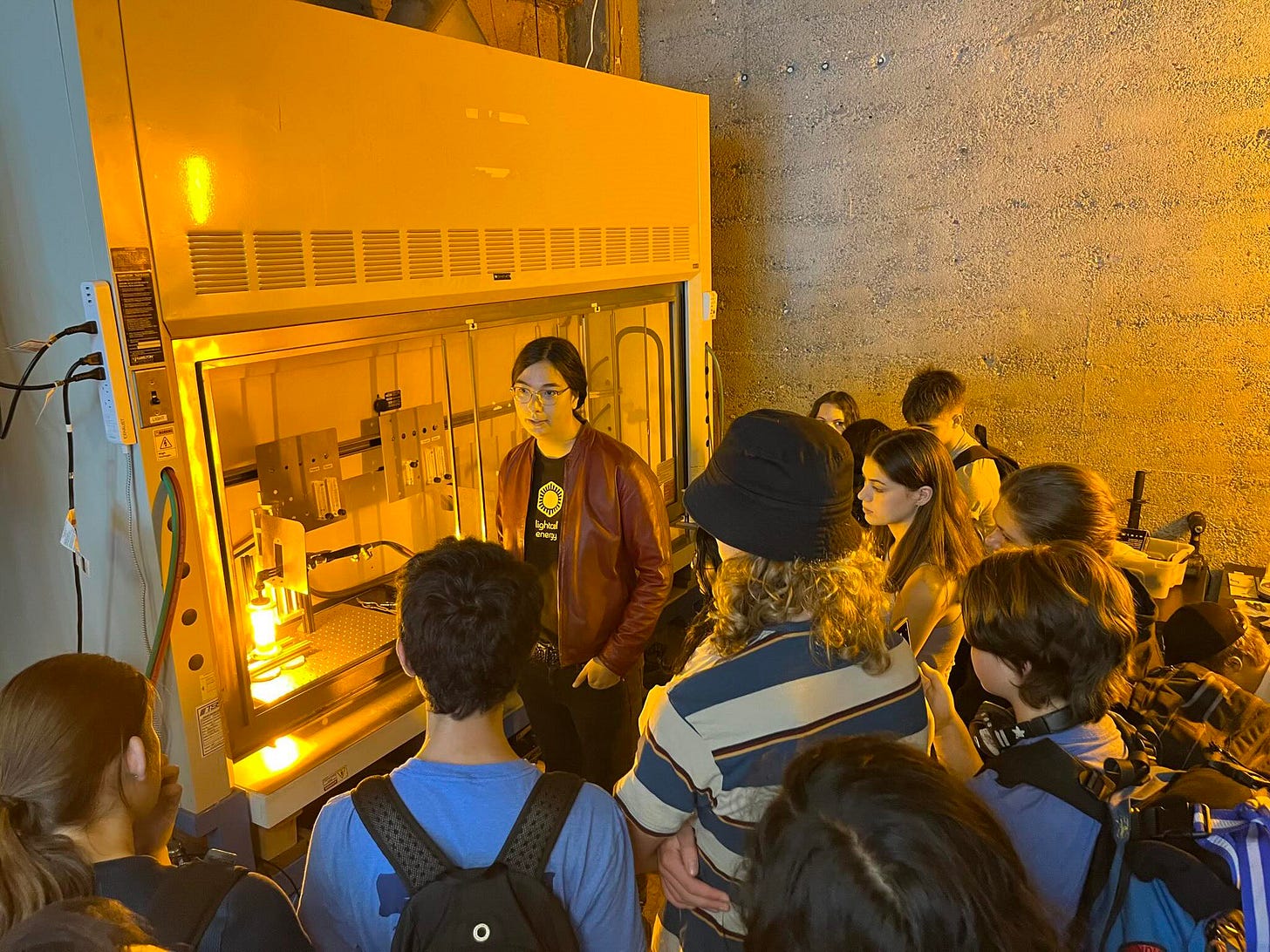
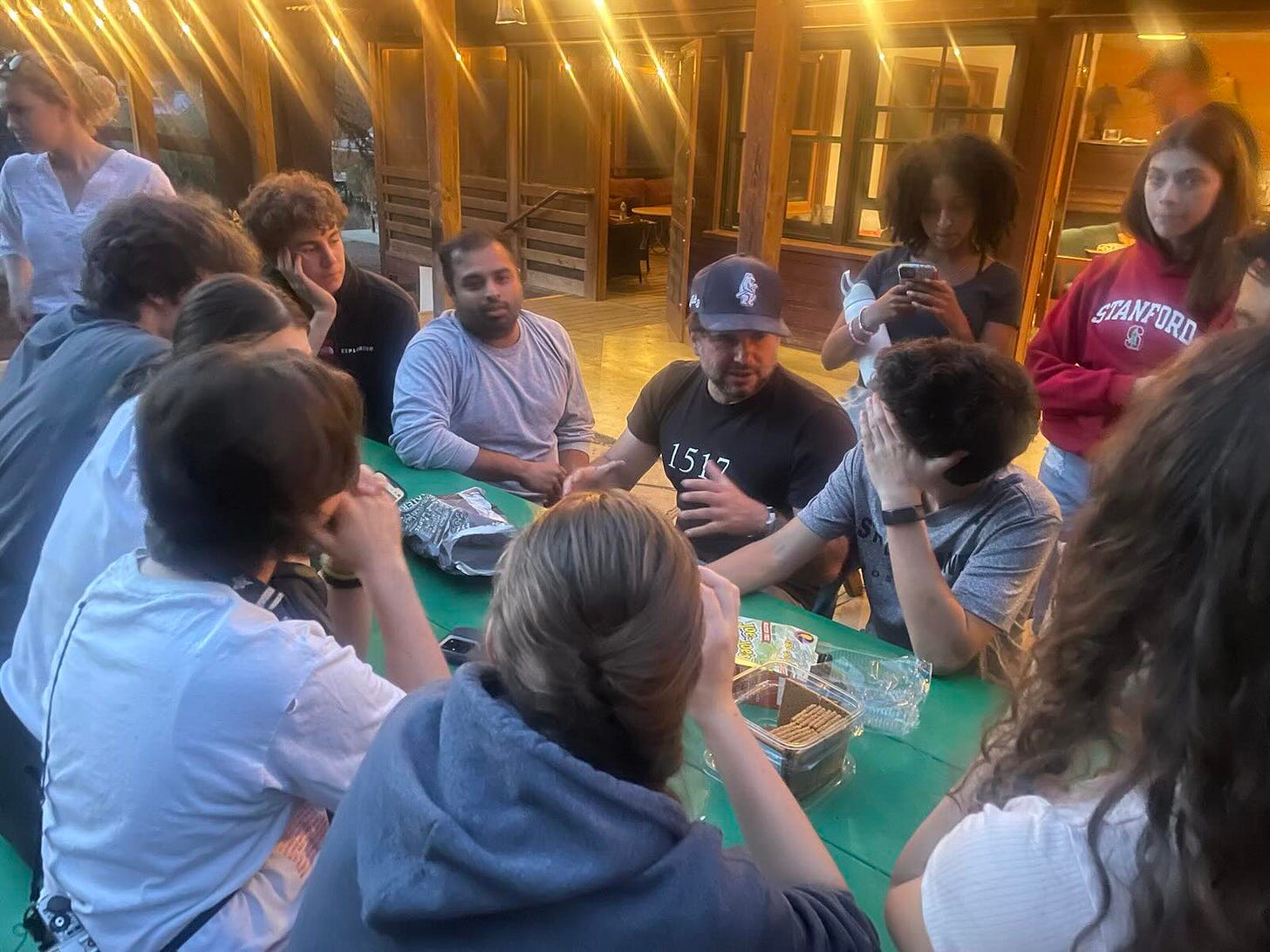
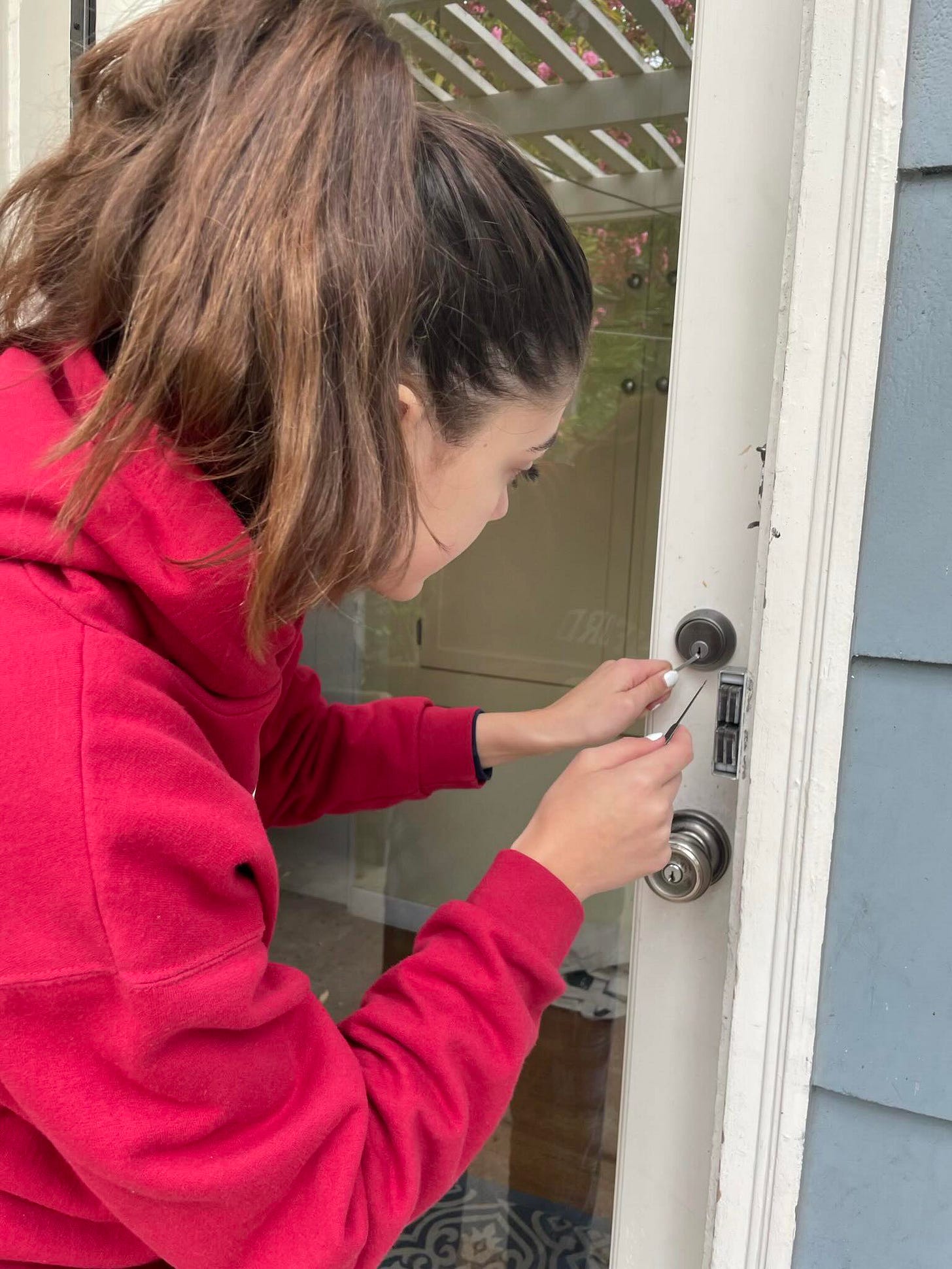
love this. I have so much gratitude for you all and everyone who made 2E possible 🫶
One of the best memories I have. Thank you to the 1517 team for making this possible